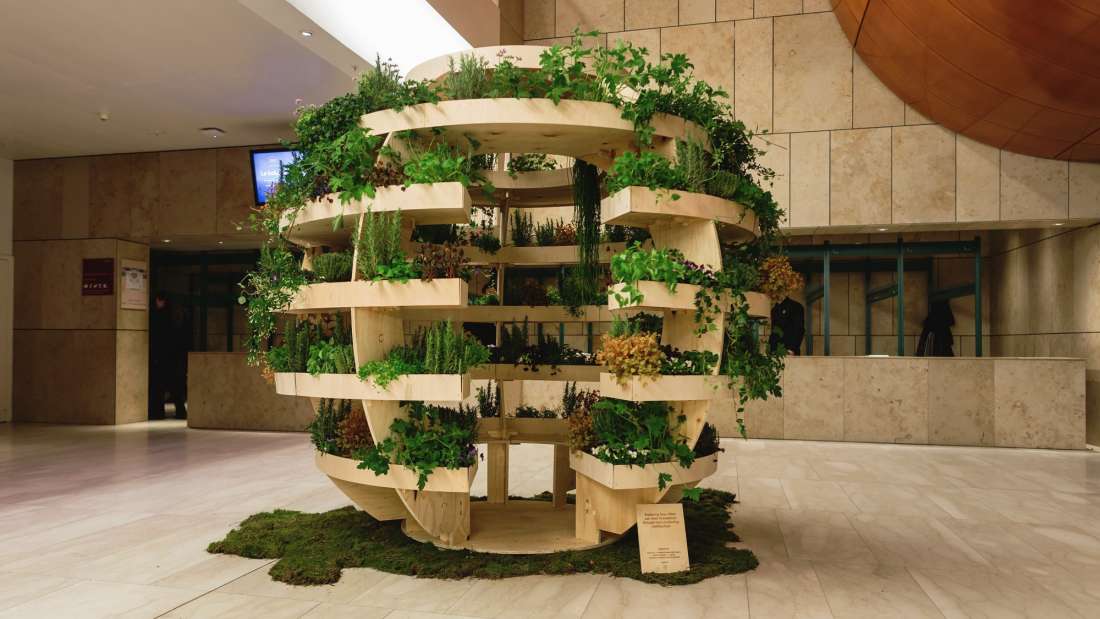The design for The Growroom, an urban farm pavilion that looks into how cities can feed themselves through food producing architecture, is now open source and available for anyone to use.
SPACE10 envision a future, where we grow our own food much more locally. To spark conversations about how we can bring nature back into our cities, grow our own food and tackle the rapidly increasing demand for significantly more food in the future, we teamed up with architects Sine Lindholm and Mads-Ulrik Husum to create The Growroom. Standing tall as a spherical garden, it empowers people to grow their own food much more locally in a beautiful and sustainable way…
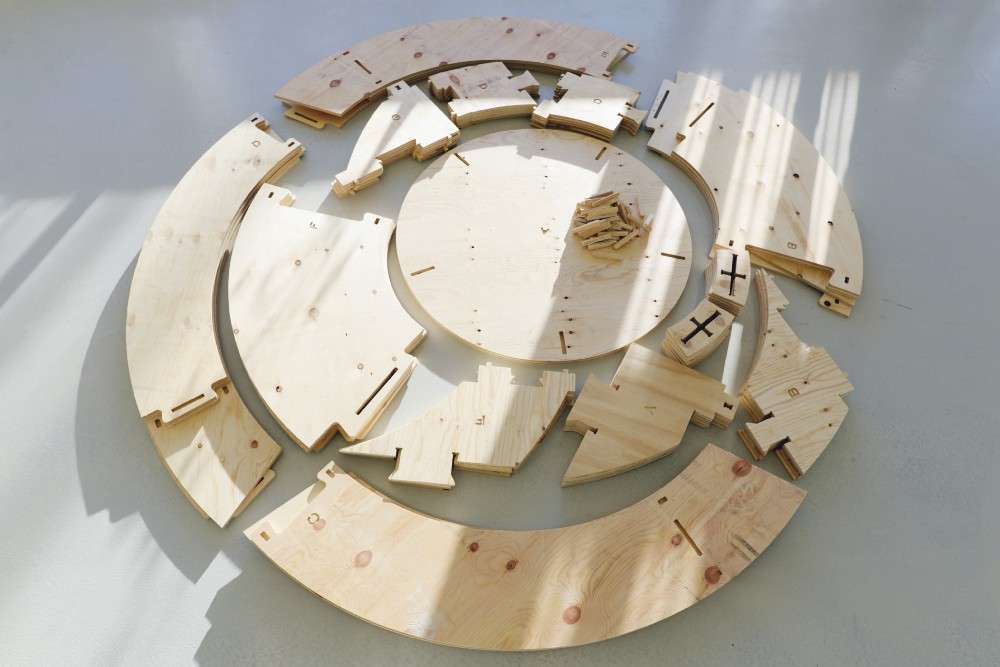
From Taipei to Helsinki and from Rio de Janeiro to San Francisco, the original version of The Growroom sparked interest and people requested to either buy or exhibit The Growroom. But it doesn’t make sense to promote local food production and then start shipping it across oceans and continents. That is why Space10 has released The Growroom as open source design and is encouraging people to build their own locally as a way to bring new opportunities to life…
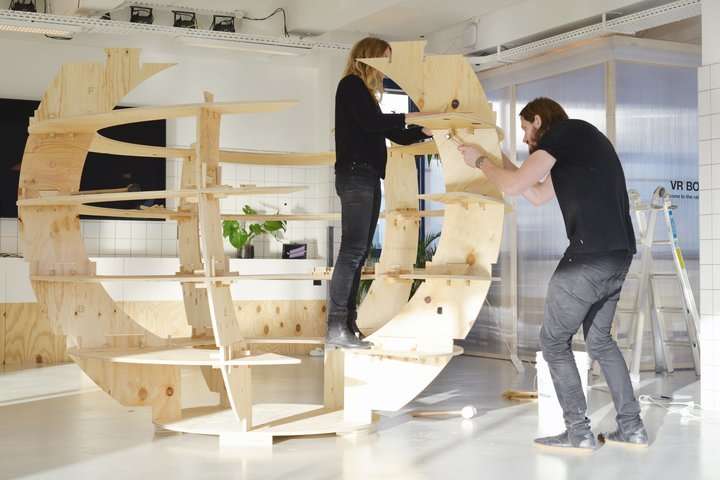
Designed for cities…
Local food represents a serious alternative to the global food model. It reduces food miles, our pressure on the environment, and educates our children of where food actually comes from. The result on the dining table is just as fascinating. We could produce food of the highest quality that tastes better, is much more nutritional, fresh, organic and healthy…
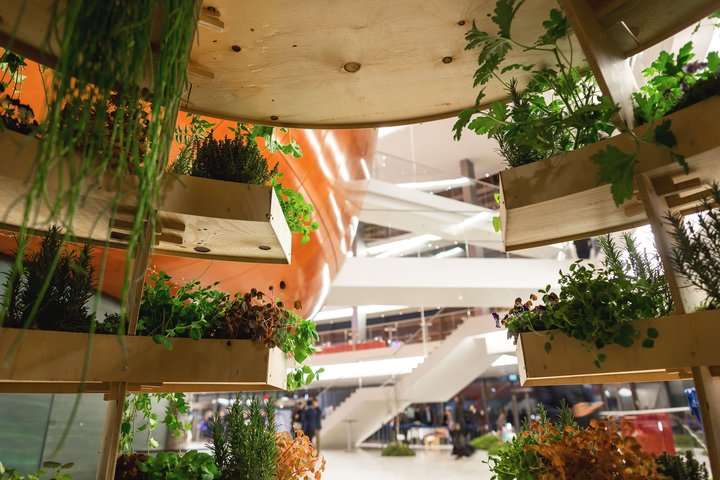
The challenge is that traditional farming take up a lot of space and space is a scarce resource in our urban environments.
The Growroom is designed for cities and with it’s size, 2,8 x 2,5 meter, it has a small spatial footprint as you grow vertically. It is designed to support our everyday sense of well being in the cities by creating a small oasis or ‘pause’-architecture in our high paced societal scenery, and enables people to connect with nature as we smell and taste the abundance of herbs and plants. The pavilion, built as a sphere, can stand freely in any context and points in a direction of expanding contemporary and shared architecture…
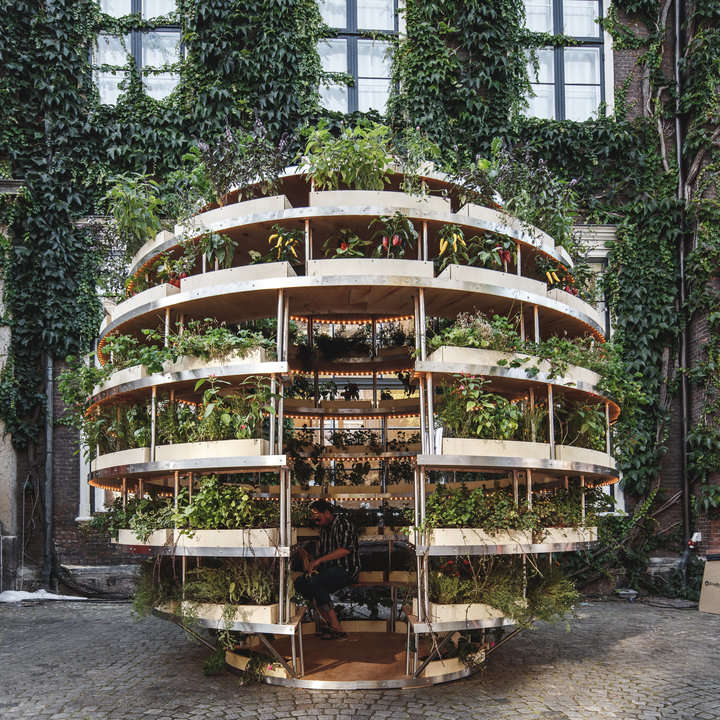
The overlapping slices ensure that water and light can reach the vegetation on each level, without reaching the visitor within and thereby functions as a growth activator for the vegetation and shelter for the visitor. For plans and more information check it out here.
If you like this idea, be sure to share it with your friends and inspire someone you know. Anything becomes possible with just a little inspiration…
